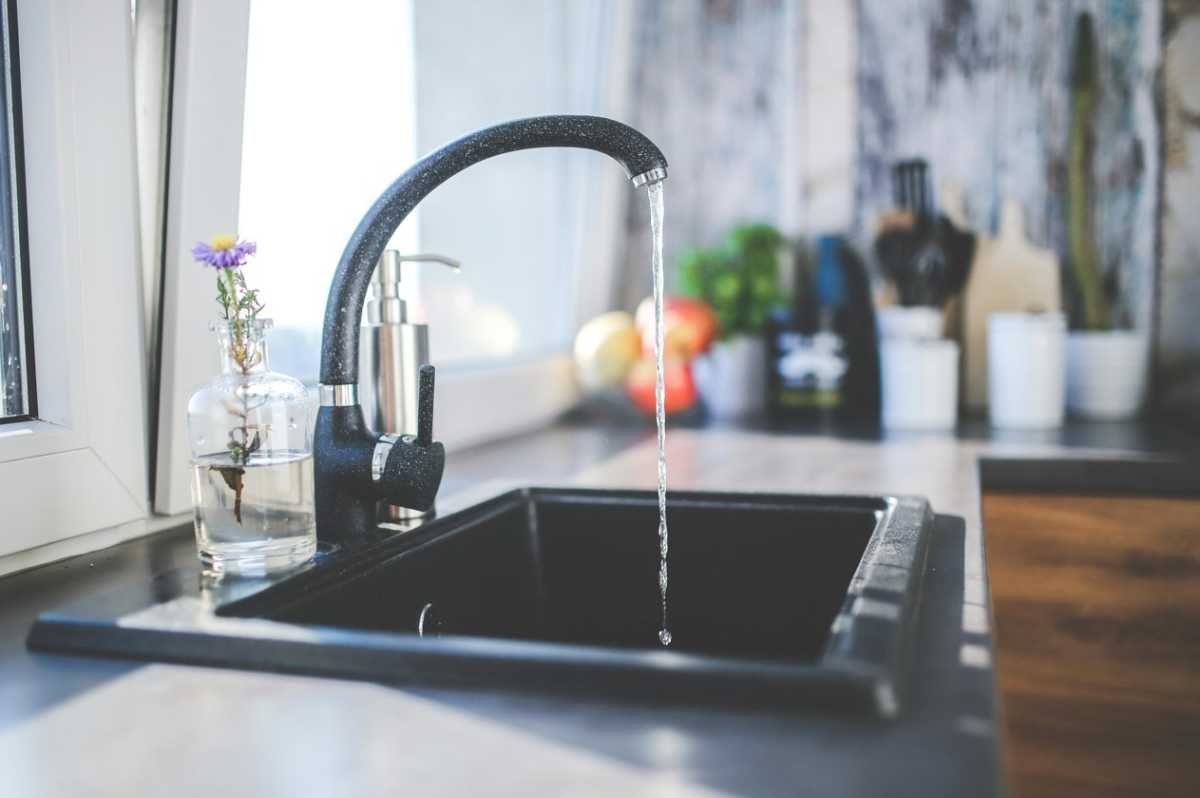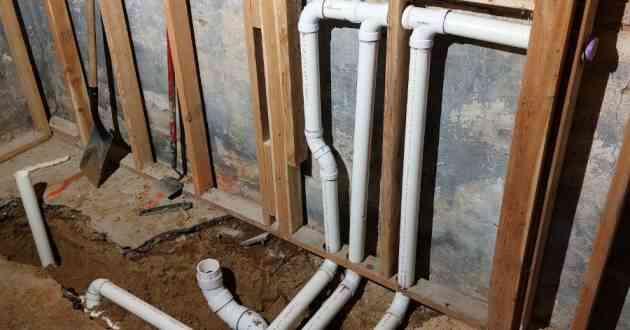Noteworthy Signs That Your Plumbing System Needs Attention
- - Category: Constrution
- - 25 Mar, 2024
- - Views: 71
- Save

This article outlines several key indicators that homeowners should be aware of to prevent plumbing emergencies.
Noteworthy Signs That Your Plumbing System Needs Attention
Every homeowner knows that comfort and safety begin with a properly functioning home. When it comes to the plumbing system, a small issue left unaddressed can quickly cascade into a costly and inconvenient problem. Understanding the signs of impending plumbing troubles is a basic yet crucial step. Whether you're a first-time homeowner or a seasoned property owner, recognizing these signs can save you from both emergencies and excessive repair costs.
Strange Noises and Unpleasant Odors
Your plumbing often tells you there's a problem before you see it. Start by listening carefully for unusual noises, such as gurgling, bubbling, or running water when no faucets are on. These can indicate hidden issues within your system. Additionally, be mindful of the operational sounds; a change in water pressure, whether a sudden increase or decrease, could signal a developing problem.
Strange odors wafting from your drains are typically the result of stagnant water carrying organic materials. Trust your nose; if your bathroom or kitchen is emitting foul or unusual odors, it likely means it's time to face the music and get your drains checked. These smells might be the beginning of a blockage, pipe fissures, or hazardous sewer gases seeping back into your home.
Unexplained Visual Cues
Visual cues within your home's plumbing are the most apparent indicators of a nascent problem. Look for damp spots on the walls or ceilings, peeling paint, or a sudden spike in your water bill. Discoloration or warping around fixtures may not only indicate a leak but can often lead you to its exact location where damage may be occurring behind the scenes.
Water Quality Warnings
In the interest of water safety and the longevity of your plumbing, it's important to notice any sudden changes in your water's appearance, such as cloudiness or visible sediments. These indicate corrosion within your pipes or a problem with your water heater. Similarly, a reddish or brown tinge to your water can be a sign of rust, which is not only unappealing but may also point to issues within your plumbing system.
Problems with Increased Usage
Pay attention to how your plumbing responds to increased usage. If multiple fixtures are used at the same time and you experience a decrease in water pressure or see water from one source back up into another, this could mean your system is struggling and in need of maintenance. Slow drainage in the tub or sink is often more than just a frustrating inconvenience; it's the result of an obstruction that needs to be addressed promptly.
Leaky Pipes
Leaky pipes aren't always dramatic. Sometimes, they can occur silently behind walls or under the floor, leading to long-term water damage and mold issues. Stay alert for any unexplained changes in your walls or floorboards—these can be alarming signs of a silent but insidious leak that has been slowly wreaking havoc on your home's structural integrity.
Aging Plumbing System
It might sound a bit over the top, but keeping a simple logbook for your home's plumbing issues could be your best defense against escalating problems. Note the dates when you first notice any of the previously mentioned signs. Keep a record of the frequency and intensity of each issue; this data is invaluable when you're approaching a plumber or filing a homeowner’s insurance claim.
Keeping an eye out for these signs doesn't just save you money; it ensures that your home remains a safe and healthy environment for you and your family. Plumbing is often out of sight and out of mind, but taking the time to be vigilant can prevent not just repairs but also health-related issues and unsanitary living conditions.


